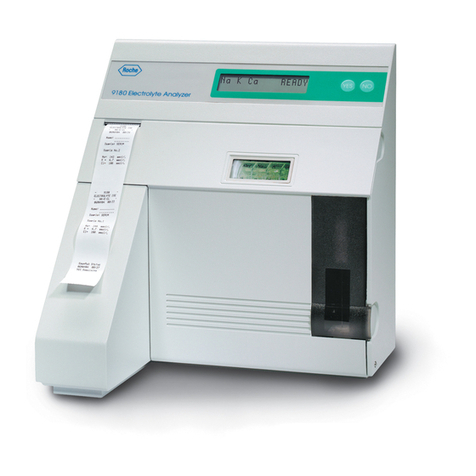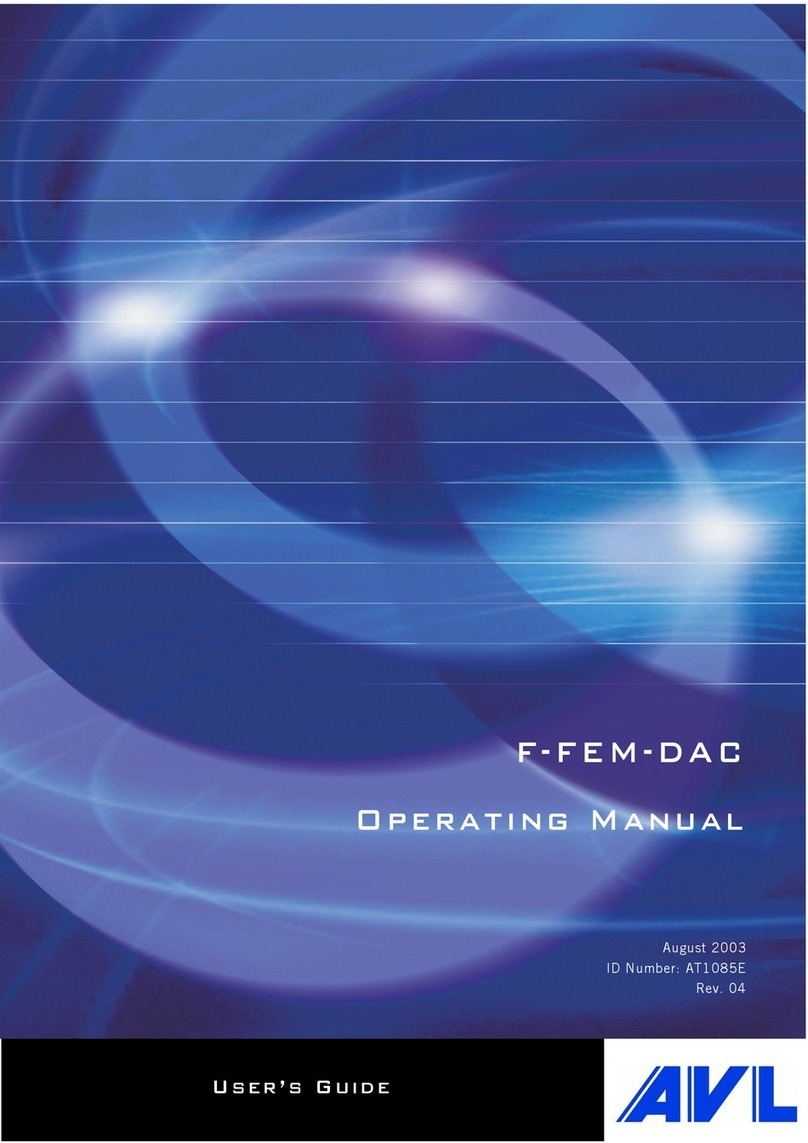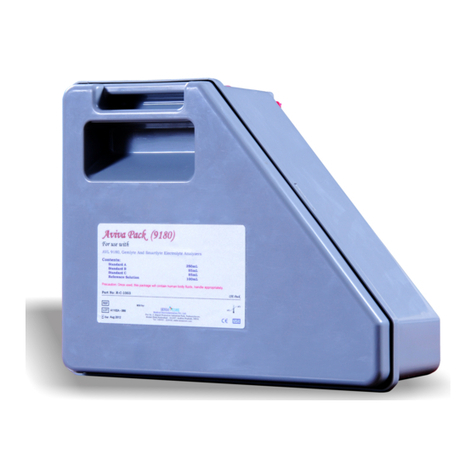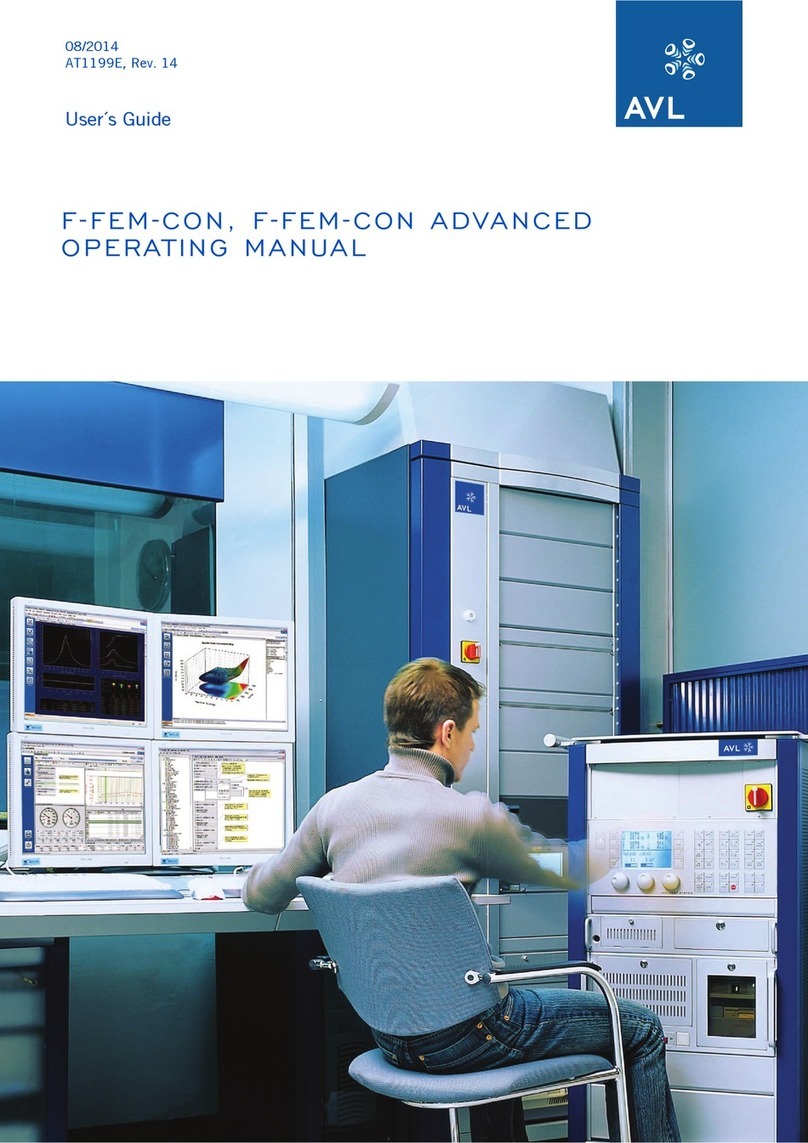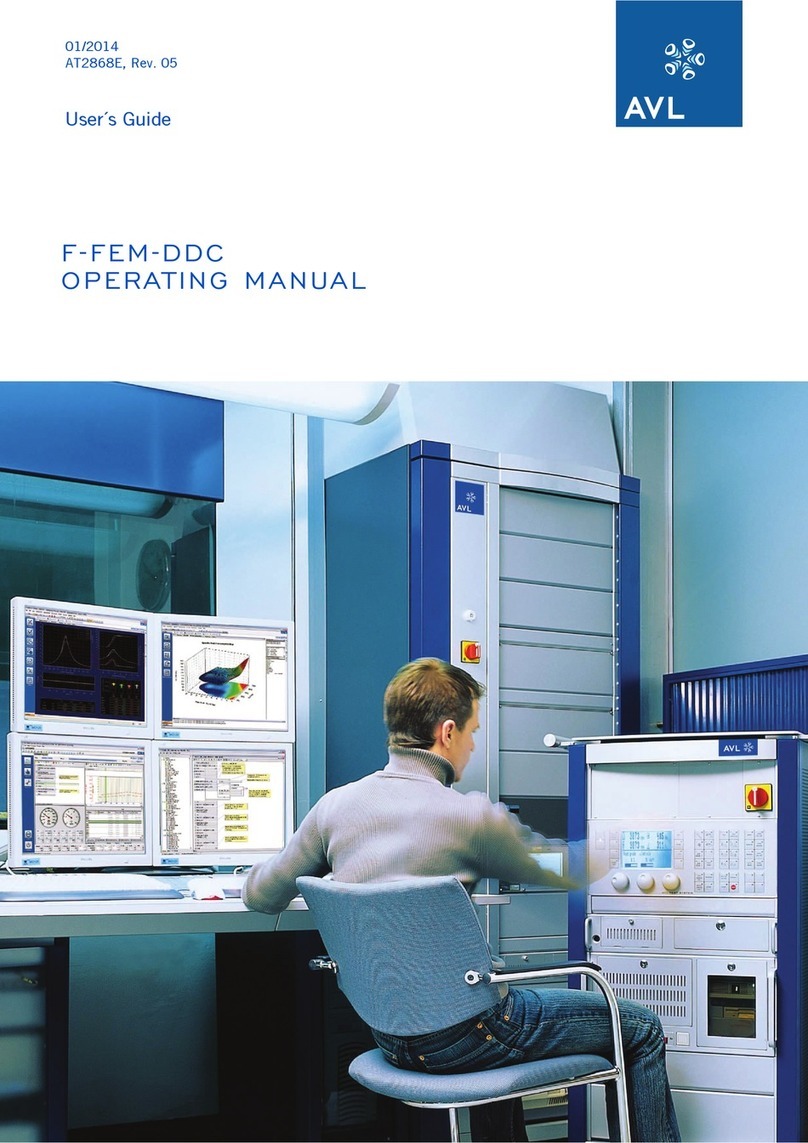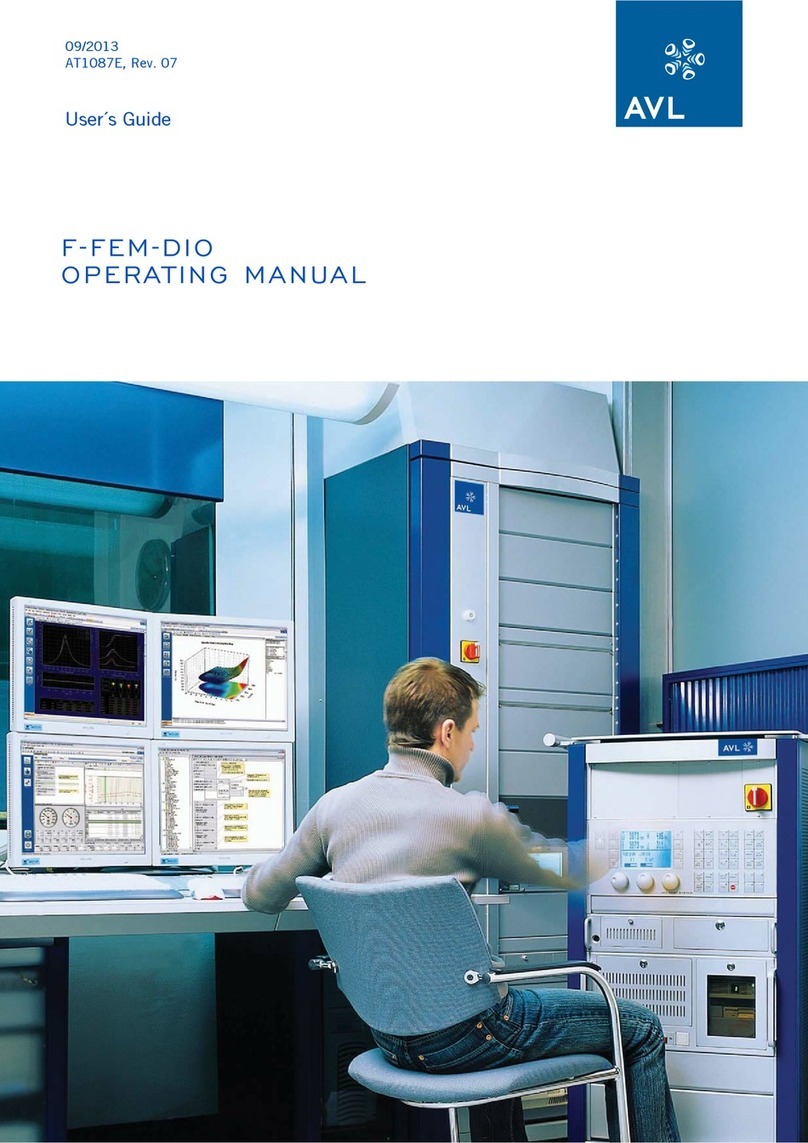
7
Table Of Contents
F-FEM-CNT — User’s Guide
Table Of Contents
Warnings and Safety Instructions................................................................................................................ 3
Grouped Safety Messages ............................................................................................................................ 5
1 What you should know ..................................................................................................... 9
1.1 Safety Instructions .................................................................................................................... 9
1.2 Warranty Seal........................................................................................................................... 9
1.3 Intended Application ................................................................................................................. 9
1.4 Product specific information ..................................................................................................... 9
1.5 About this Documentation ...................................................................................................... 10
1.5.1 Typographic Conventions ................................................................................................. 11
1.5.2 We want to hear from you................................................................................................. 12
2 General ............................................................................................................................. 13
2.1 Performance Data .................................................................................................................. 13
2.2 System Environment .............................................................................................................. 14
2.3 Data Transfer between Test Bed and PUMA Open System .................................................. 15
2.4 Visualization ........................................................................................................................... 16
2.4.1 Seven Segment Display.................................................................................................... 16
2.5 Cascade ................................................................................................................................. 17
2.6 F-FEM-CNT Block Diagram.................................................................................................... 17
3 Installation ....................................................................................................................... 19
3.1 Scope of Supply ..................................................................................................................... 19
3.2 Mechanical Installation ........................................................................................................... 20
3.2.1 External Dimensions, Space Requirement ....................................................................... 20
3.2.2 Fixing the Module at the DIN Rail ..................................................................................... 21
3.2.3 Connections...................................................................................................................... 22
3.2.4 Function Test .................................................................................................................... 22
3.3 Electrical Installation............................................................................................................... 22
3.3.1 Power Cable Inlet.............................................................................................................. 22
3.3.2 IEEE1394 Wiring............................................................................................................... 23
3.3.2.1 Cable Design .................................................................................................... 23
3.3.2.2 Recommended Bus Topology .......................................................................... 24
3.3.2.3 About F-FEM Devices, Nodes, Cables and Repeaters .................................... 24
3.3.2.4 Mechanical Layout of a Cable Routing ............................................................. 25
3.3.3 Grounding and Shielding .................................................................................................. 26
3.3.3.1 Grounding ......................................................................................................... 26
3.3.3.2 Shielding ........................................................................................................... 31
3.4 Software Installation ............................................................................................................... 32













